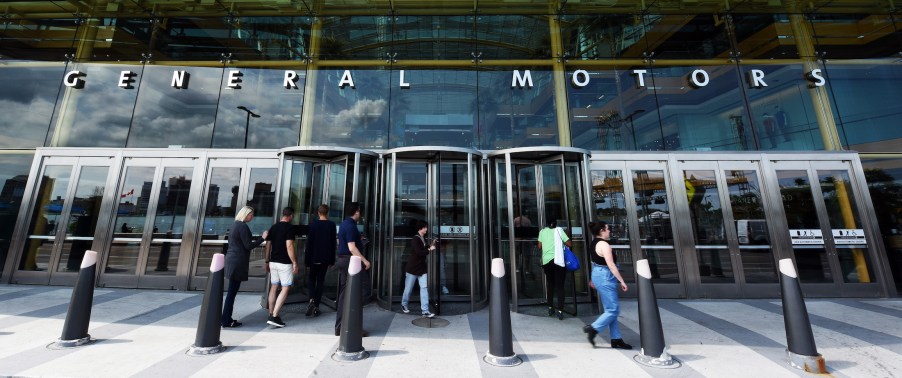
GM Failed To Expand Into 1 of the Biggest Emerging Auto Markets
General Motors is often considered to be one of the titans within the automotive industry. This American company enhances its growth potential and options here at home but also tests the waters in global markets with its vehicle offerings, as well. But there’s one foreign market that GM failed to expand in, despite its best efforts to do so. And it could be a costly failure considering this region is one of the biggest emerging markets of the automotive sector.
General Motors’ reach is far and wide
The Detroit automaker certainly knows where its bread is buttered. The GM footprint includes three of the biggest global markets, including the South American regions, China, and right here with home-field advantage in the U.S. And these markets are lucrative investments for GM. In 2019, General Motors and its many associations sold a combined three million vehicles to customers in China alone. Based on driving and car-buying consumers, China is the largest auto segment in the world.
An attractive and emerging foreign market
There’s another area of the globe that is fast becoming a hot spot for auto manufacturers. According to Worldometers, India is home to 1,380,004,385 people as of this year and according to data from the UN. That’s nearly 17 percent of the world’s population and a boatload of potential car buyers. In recent years, the automotive market in India has grown substantially, and automakers are taking notice. But despite their best efforts, many manufacturers, including General Motors, have struggled to succeed there.
GM made a go of it
General Motors sought to tap into the ever-growing India market with a few different attempts at vehicle launches. Trying to mimic the path to success of Suzuki, which dominates nearly half of the Indian market, GM first brought its European brand, Opel, to market with lackluster results. And later, the company introduced the smallest diesel car, with help from government subsidies to little avail.
The bowtie brand came on stage with better success with the Chevy Cruze and others, but not enough to show significant profits. GM spent several years trying to make it work in India but instead experienced considerable market share declines year over year, according to CNBC.
Why some think GM failed to launch in India
GM stopped selling cars in India back in 2017, and about the same time, it pulled out of the European market as well. The Indian market is very diverse, including distinct rural and urban regions where car buyers represent very different needs and preferences. Some say the recipe for car-buying success is tough to crack and includes a demand for resale value, fuel efficiency, and geographic accessibility of parts and service.
Price matters too as experts point out that per capita income levels tend to be lower. Some say GM’s efforts in India partly failed because of its Opel sub-brand not resonating with consumers there. It may have also failed in subsequent attempts at launching other vehicles, like the Chevrolet Sail, that didn’t seem to excite buyers. Another pitfall for GM was a weak network of dealer and service locations. And the writing was on the wall enough for GM to pull out altogether.
GM says it’s refocusing its efforts on growing profit centers and investing in better and new technology to enhance sales in current segments. The Detroit automaker, like several other manufacturers, tried to crack the code with car sales in India without much success. Maybe some of the newer products and technology will help GM reposition for another go at this growing global market. For now, there is no news that it has plans to do so.


